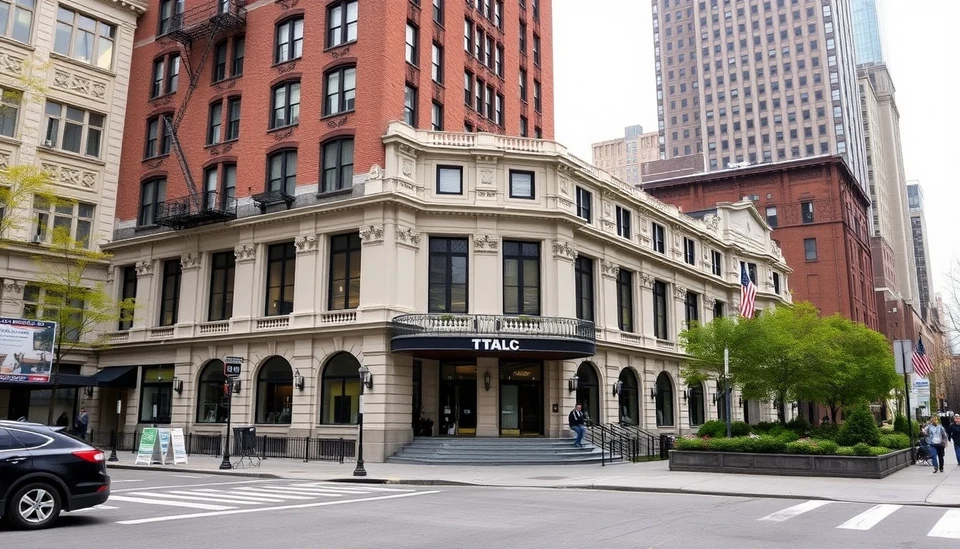
The Metropolitan Transportation Authority (MTA) of New York has announced plans to issue its inaugural $1.3 billion bond sale, funded entirely through a new mansion tax. This unprecedented financial move is geared towards improving the city’s transit infrastructure as well as alleviating the persistent budget shortfalls the MTA has faced over the years.
This new initiative revolves around a mansion tax that has been steadily growing in anticipation of boosting the MTA’s capital budget. The mansion tax targets properties valued over $2 million, signaling a substantial shift in funding methods within the real estate sector of New York City. Proponents of the tax argue that it will help address the funding gap while also placing a fairer burden on affluent homeowners.
The bond sale is intended to catalyze a range of crucial projects, including upgrades to aging subway systems, enhancements to bus services, and improvements to overall infrastructure aimed at serving millions of daily riders. MTA Chairman Janno Lieber emphasized the importance of this funding, stating that it will enable the MTA to not just maintain, but enhance the quality and reliability of services offered to New Yorkers.
Critics of the mansion tax have raised concerns regarding its long-term implications on the luxury real estate market, which has already been experiencing fluctuations. The fear is that this tax could deter high-end buyers and ultimately affect overall property values. However, supporters maintain that investing in public transportation will lead to broader economic benefits, enticing more residents and businesses to the area.
Financial analysts view this bond sale as a benchmark moment for the MTA, highlighting new avenues to finance public projects without burdening taxpayers through traditional means. This strategic approach is seen as a potential model for other major cities grappling with funding challenges in their transportation sectors.
As the MTA gears up for this groundbreaking bond sale, the spotlight remains on how effectively they will be able to utilize these funds to deliver results that resonate with the public, particularly in a city that heavily depends on its public transport system for mobility and economic activity.
With the $1.3 billion mansion tax bond sale, New York is not only setting a precedent in transportation funding but also sending a strong message about the importance of infrastructure investment in a rapidly evolving urban environment. The MTA’s success in this endeavor could serve as a significant milestone in shaping the future of public transportation funding nationwide.
As this plan unfolds, stakeholders across the spectrum will be watching closely, eager to see if it delivers on its promises to revive and innovate New York City’s transportation landscape.
#MTA #NewYork #MansionTax #PublicTransportation #Infrastructure #UrbanDevelopment #BondSale #TaxPolicy
Author: John Harris




